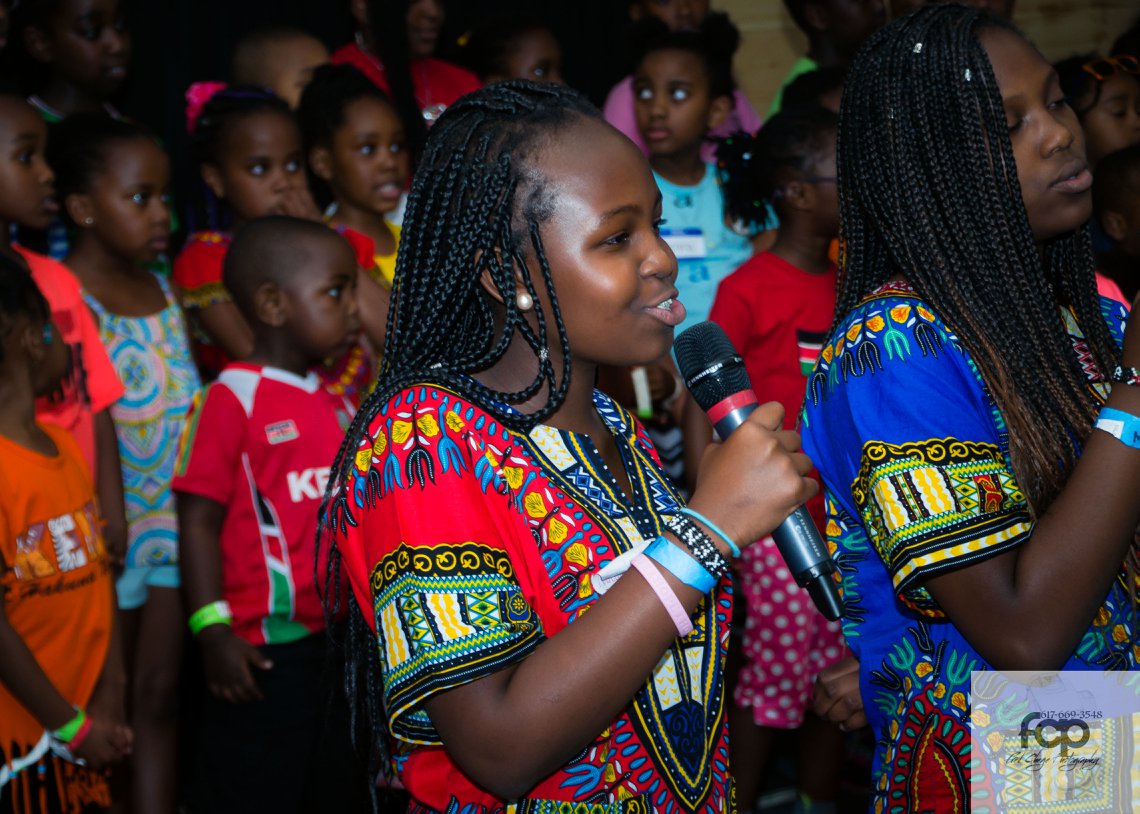

Why is it important for 1st and 2nd generation immigrant kids to maintain their culture and heritage?
It is important for 1st and 2nd generation immigrant kids to maintain their culture and heritage for several reasons:
1. Identity and self-esteem: Maintaining their culture and heritage helps these children develop a strong sense of identity and self-esteem. By understanding and embracing their roots, they gain a deeper understanding of who they are and where they come from. This knowledge provides a sense of belonging and pride, which can positively impact their overall well-being and mental health. For example, research has shown that a strong cultural identity can contribute to higher self-esteem and resilience among immigrant youth (Phinney, 1990).
2. Connection to family and community: Culture and heritage are often closely tied to family traditions, values, and customs. By preserving their cultural heritage, immigrant children can maintain strong connections with their families and communities. These connections provide a support system and a sense of belonging, which can be particularly important during times of acculturation and adaptation to a new country. For instance, participating in cultural festivals, religious ceremonies, or community events can help these children build bonds with others who share their cultural background, fostering a sense of community and support.
3. Cultural diversity and social cohesion: The preservation of cultural heritage among immigrant children contributes to the overall cultural diversity of a society. By embracing and celebrating different cultures, societies become more inclusive and tolerant. This diversity enhances social cohesion by promoting understanding, respect, and appreciation for different cultural backgrounds. For example, schools that promote cultural diversity and heritage preservation have been found to foster positive intergroup relations and reduce prejudice among students (Verkuyten, 2005).
4. Language and communication skills: Cultural heritage often includes language, and maintaining this linguistic aspect is crucial for immigrant children. Bilingualism or multilingualism can provide numerous cognitive, educational, and employment advantages. It allows individuals to communicate effectively with their families, preserve intergenerational bonds, and engage with their heritage communities. Additionally, being bilingual has been linked to enhanced cognitive abilities, such as improved problem-solving skills and increased mental flexibility (Bialystok, 2001).
5. Cultural knowledge and global citizenship: Preserving cultural heritage equips immigrant children with a rich knowledge of their history, traditions, and values. This knowledge is an asset in an increasingly interconnected world. By understanding their culture and heritage, these children become global citizens who can bridge cultural gaps, promote cross-cultural understanding, and contribute positively to society.
In conclusion, maintaining culture and heritage is crucial for 1st and 2nd generation immigrant children as it fosters a strong sense of identity, connection to family and community, promotes cultural diversity and social cohesion, enhances language skills, and prepares them to be global citizens. By valuing and preserving their cultural heritage, these children can navigate the challenges of adaptation while embracing their unique backgrounds and contributing to a diverse and inclusive society.
Related Posts
© 2025 Invastor. All Rights Reserved

User Comments
Sports Forever
a year ago
Love this!